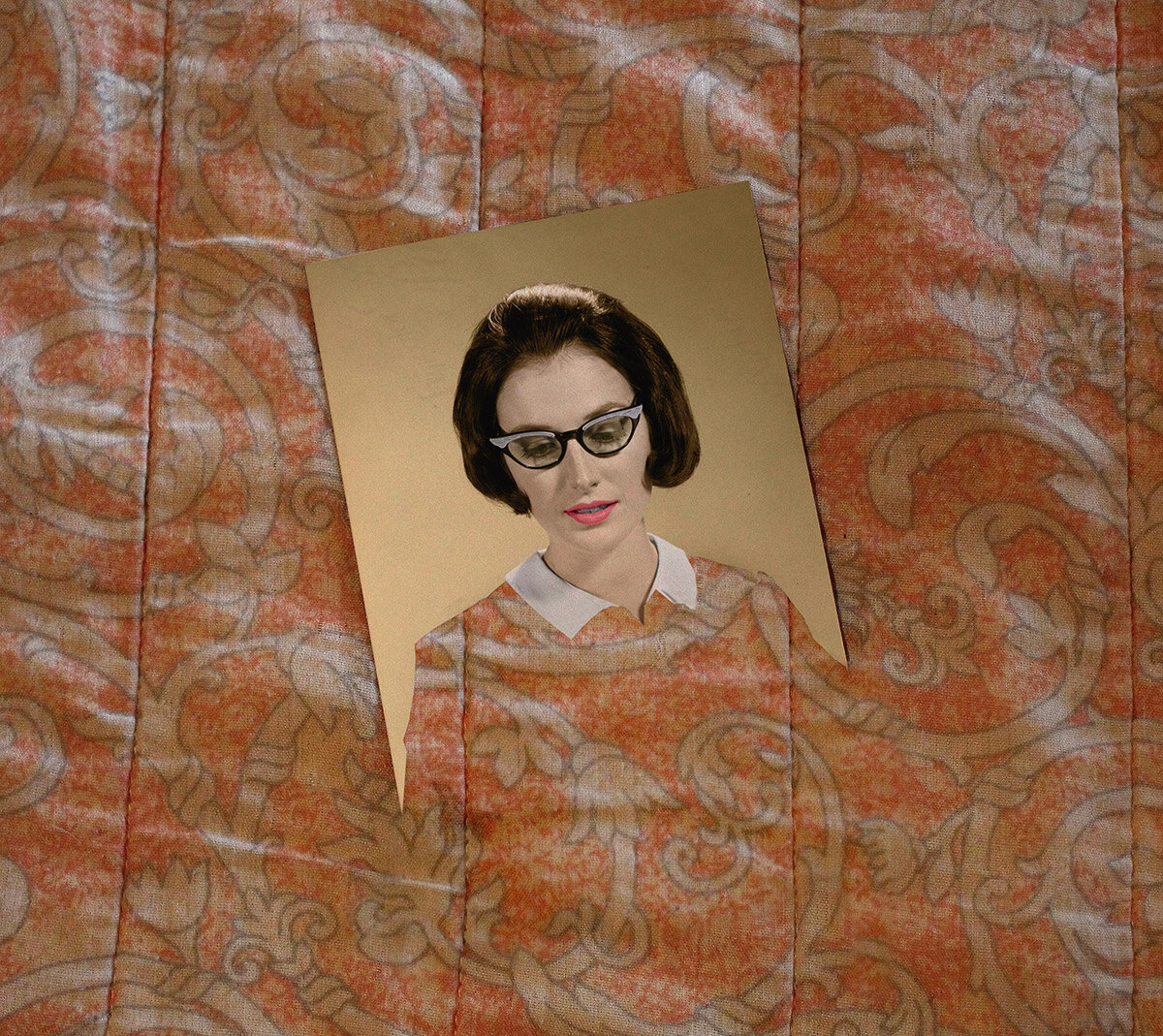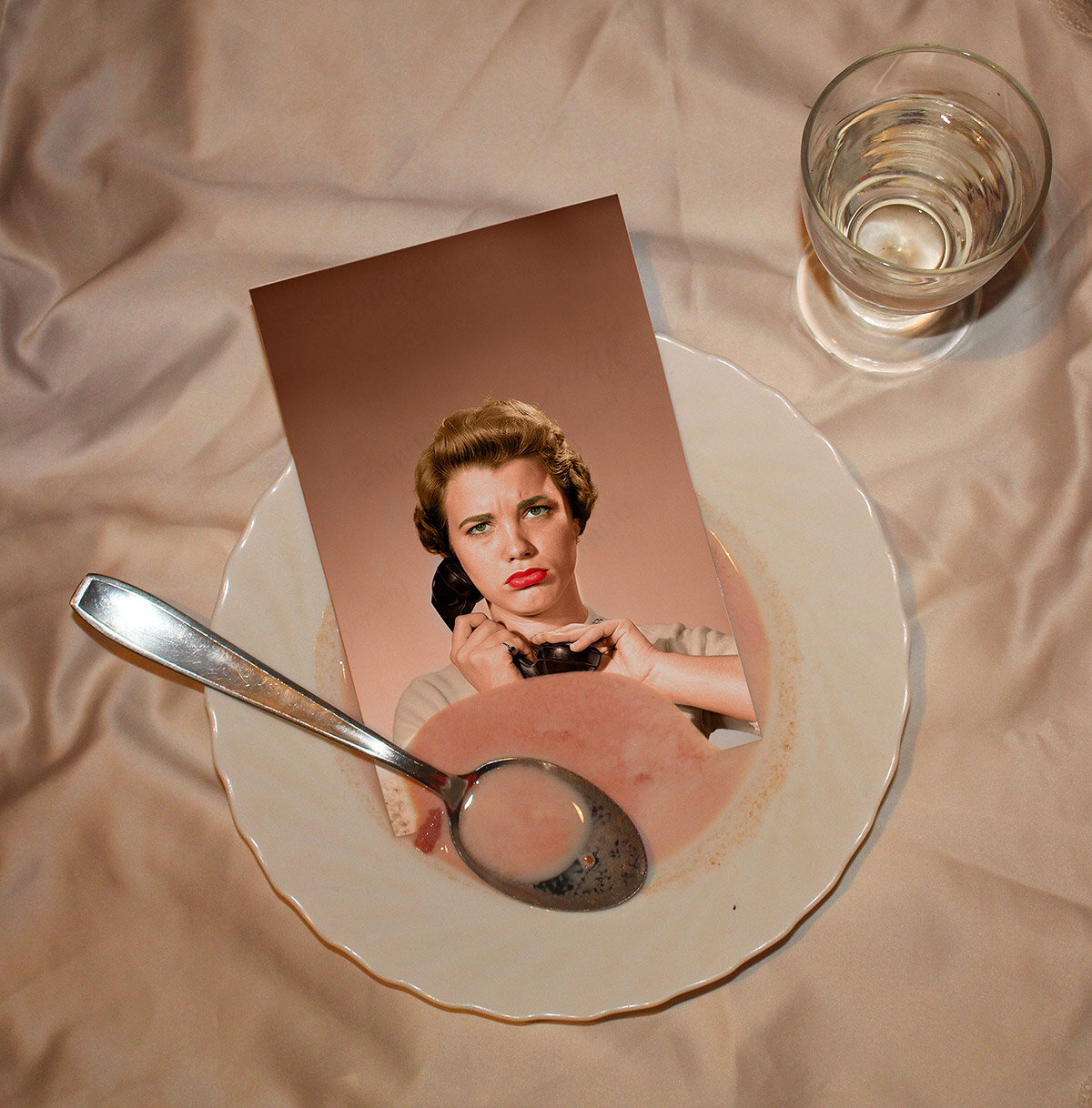"WE NEED A FACE [?]" - Cristina Rizzi Guelfi
Artist Cristina Rizzi Guelfi
The continually increasing visibility that defines our contemporary society has caused a sense of rupture in the positioning of our public selves — we oscillate between the desire to be seen and the desire to draw away from the public eye; between resentment towards and appetite for "being looked at".
How does one reconcile the dual needs of recognition and anonymity?
Cristina Rizzi Guelfi's series "we need a face [?]" was born out of a considered critique of the widespread phenomenon of the selfie — the creation of which (and subsequent dissemination of) has only become easier and more accessible in contemporary times. The series examines the selfie as a unique storytelling tool of increasingly important relevance, in a conversational space marked by a progressively frenetic and immersive nature. The selfie — as image, and as phenomenon — is simple and immediate in its communicative power, yet full of meaning, making use of a universal and representative language that feels like a kind of return to origins. The selfie creator holds the power to control and select precisely the information they wish to communicate, and the manner in which they are seen by the world; to impose limits and suggestions on what the expression of the moment, seen on the face, entails. The faces in the photographs of "we need a face [?]" have been replaced by (or rather, superimposed with) those sourced from image banks, most of which originate from US archives from the 1950’s and 1960’s. The question mark between brackets from the series' title intends to provoke a dialogue about two central questions: namely, whether it is necessary to photograph a face, and whether without photographing the face, there can be any understanding of the "expression".
The former question examines the continuous dissatisfaction felt by many individuals suffering from the increasing prevalence of body dysmorphism and the obsessive mindset that is provoked by such continual obsession with perceived flaws and imaginary defects, while the latter questions the role of the face and expression in the narrative potential of a photograph.
















